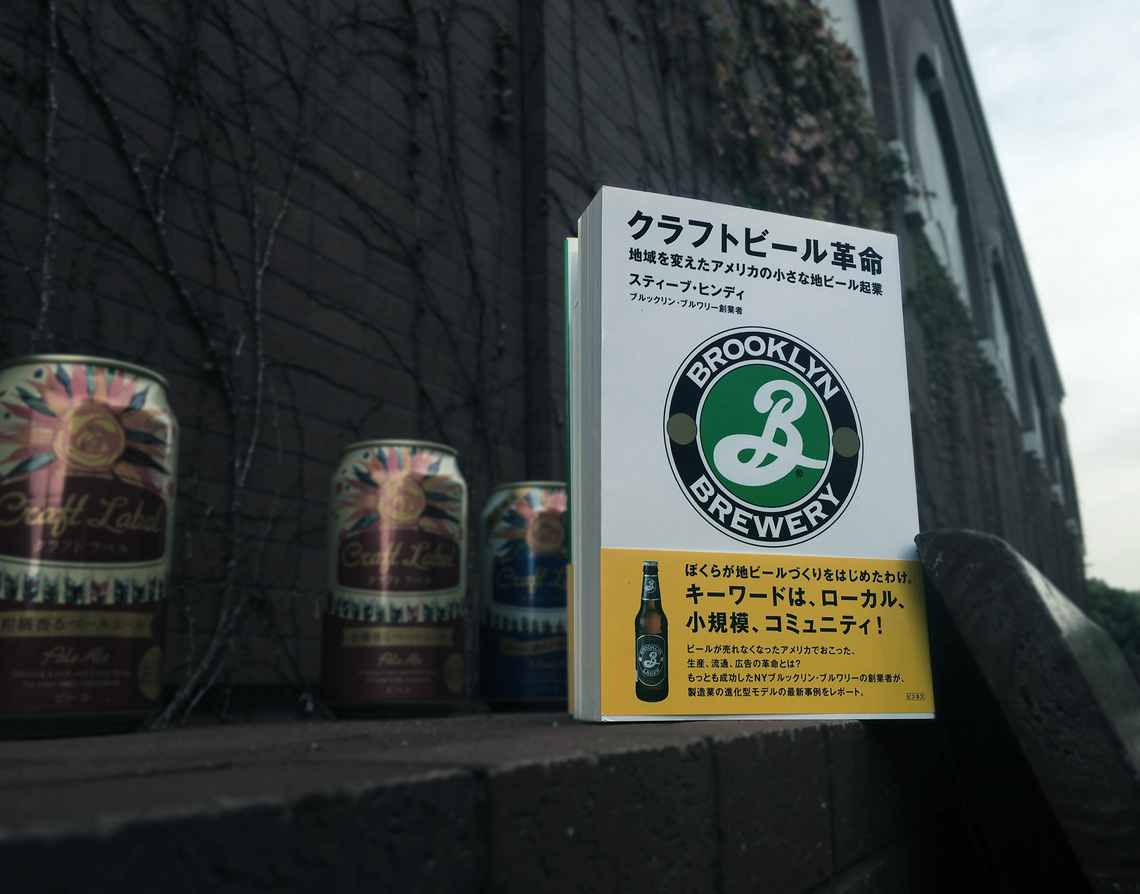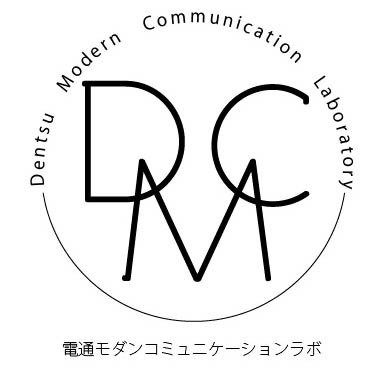This might seem abrupt, but craft beer is delicious, isn't it? I personally love it. It seems to have become a familiar product in Japan too. Yet, you hardly ever see ads for it.
My naive notion—something straight out of some bygone era's myth of craftsmanship, like "Surely it must sell because the product is genuinely good..."—vanished instantly the moment I encountered this book. The history of the American craft beer market's growth contained a story far too passionate and a system far too grand.
I believe this book offers valuable insights into marketing approaches that don't rely on advertising.
Craft beer was born from a washing machine!?
Fritz Meitag of Anchor Brewing Company established the timeless principle of "all-malt" (using abundant malt without adjuncts like corn) and laid the foundation for craft beer. He was the grandson of F.L. Meitag, founder of the American washing machine brand "Meitag." Why would the scion of a major manufacturer abandon his status and fortune to start a craft beer company?
Because the beer he wanted to drink simply didn't exist in America (p.38).
In fact, Meitag noted that at the time, Americans could only enjoy the uniform taste of big brewery beers. But isn't it incredibly cool that he devoted his entire life to the beer he believed in, just for this reason alone?
Starting a brewpub to Lift Up Society!
Influenced by this passionate man, Meitag, craft beer began to gain traction among beer enthusiasts, albeit a small segment. Then, fueled by the mindset of "If there's no good beer, let's just make it ourselves!", a boom emerged in small-scale craft beer startups, primarily among young people, operating in a format called "brewpubs" where beer is brewed on-site.
They never aimed for profit, instead pursuing "the flavors they wanted to drink" and "the styles they wanted to drink." North Coast Brewing Company, based in Fort Bragg, California, brews craft beer while supporting local musicians. Good food, good beer, and great music—that's all they wanted. They stopped spending money on advertising and instead generously donated to support music development. This approach gained support, and today, North Coast is reportedly one of the top job creators in Fort Bragg.
We don't aspire to be rich, but we want to support the great activities within our community. (P.153)
Philip Kotler spoke at the World Marketing Summit Japan (2015) about the idea of "making the world better through marketing." Similarly, at Cannes Lions (2015), "Lift Up Society!" was the rallying cry echoed by many judges. Yes, that's exactly the style of craft beer.
No need to spend money on advertising anymore? Brand VS Style.
Despite a startup boom, major US beer makers used mass media power marketing to make craft beer players struggle. Blue pubs kept popping up and disappearing...
So what was the turning point? The history of craft beer's development ran parallel to the history of the internet and social media.
"Let's create a site for beer geeks!" It all started with a single craft beer fan creating the site "Beer Advocate." Beer geeks who had never met before suddenly connected. As astute readers may have guessed, they then fully rode the wave of social media platforms like Twitter. With minimal use of mass media, they rapidly expanded their fan base through word-of-mouth, craft beer events became hugely popular, and relationships with distributors were strong (retailers also wanted to enjoy offering diverse beers!). Despite twists and turns, craft beer now accounts for over 10% of the U.S. beer market.
For a product to sell, there must be a process where its appeal is effectively communicated to customers. In the case of craft beer, that process simply involved "something other than advertising." This book describes the relationship between social media and beer as follows:
It works against "brands" but in favor of "styles." (P.302)
What was the craft beer revolution?
The craft beer revolution spread, spearheaded by passionate beer geeks who carried on Meitag's vision.
Wasn't it essentially a theatrical revolutionary war, involving the entire nation, where the virtual enemy was the major beer companies, driven by the desire to drink beer in their own style? Comparing it to Apple vs. Microsoft might help paint the picture.
We've moved from an era where selling products was the goal to one where the goal is how customers feel after the sale. Creating experiential value through a thoroughly customer-centric mindset is crucial for sustaining sales. The battle to reclaim their beer style. The very "passion" inherent in that process was likely their greatest "experiential value." To put it dramatically, the value Blue Pub entrepreneurs offer their customers isn't just "producing delicious beer." It's "the passion born from fighting for freedom, and the bonds forged with comrades."
To illustrate this "excitement born from the fight for freedom and the bonds with comrades" with a relatable example: imagine going to a matchmaking party. If the venue is a trendy beer dining spot in Ebisu with a wide selection of craft beers, you can't help but get excited, thinking, "Wow, tonight is going to be amazing!" But of course, it often turns out to be a miscalculation... You lose the battle, end up just the guys under the red lanterns, drinking non-craft "so-called draft beer" instead. And yet, this can be surprisingly fun. And after battling this imaginary enemy, you realize a strong sense of community and friendship has blossomed... Isn't this, in its own way, a craft beer revolution hidden within everyday life?
But enough digressions.
Communicating the wonderful experiential value inherent in beer from the customer's perspective.
A famous example is Heineken, one of craft beer's virtual adversaries, which launched a promotion called The Experiment in 2014. Its core message was "DANCE MORE, DRINK SLOW." It embodied the brand's sentiment: "When the club DJ is killing it, people get so caught up dancing that beer sales drop off completely. But if you're enjoying your weekend, that's all we need to be happy! (Author's paraphrase)"
While the causal relationship is unclear, I sense a growing trend beyond craft beer—one that prioritizes conveying the inherent, wonderful experiential value of beer from the customer's perspective, rather than focusing purely on commercialism. As a regular consumer, I honestly feel that just a slight shift in perspective can make a brand's appeal resonate much more powerfully. Furthermore, when "experiential value" and "advertising" are skillfully designed and intertwined, it naturally leads to creating a much larger movement. It's not about whether advertising is needed or not; ultimately, it all comes down to "how it connects with the customer," I believe.
So, where exactly is this beer war headed? While contemplating it with an eye toward the "future," I still want to follow the example of those beloved beer geeks who came before us and cherish the wonderful "now"! This year-end, I plan to enjoy craft beer (and draft beer under the red lanterns too!) with my close friends, happily washing away the grime of the year.





